70 years of the Prancing Horse
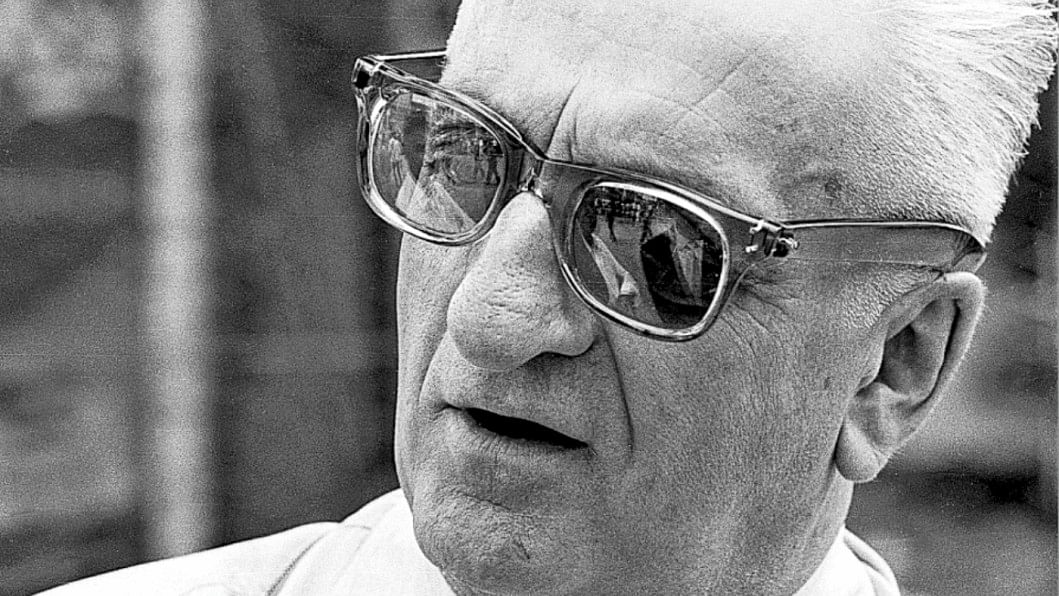
The founder – Enzo Anselmo Ferrari, "il Commendatore"
Forged in the pits of suffering
On a snowed in night on 18 February 1898 in Modena, Italy, Enzo Anselmo Ferrari was born to the middle class family of Alfredo and Adalgisa Ferrari. Son of a metal fabricator, Enzo grew up at a time when the auto industry was in taking its first nascent steps towards greatness. He had no interest in school, and flunked out of the vocational school he was enrolled in with his elder brother, Dino.
When the First World War swept across Europe, Enzo's older brother Dino was drafted in as an ambulance driver on the front. There, Dino would contract pneumonia and eventually die. Back home, Alfredo Sr. also fell sick, eventually succumbing to the flu – causing the family's fabrication business to go bankrupt. In 1917, Enzo himself joined the war claiming to be an auto mechanic, however he was left to do menial tasks because he had no privilege and no recommendation from anyone worthwhile. Towards the end of the war, he would contract the flu, and he was left to die in a war hospital with thousands of other patients.
He somehow survived, and swore to himself he'd find a way to elevate himself out of this miserable life that circumstance had placed on his shoulders.
The passion for speed
When he was an impressionable young boy, Enzo's father took him and his brother to a motor race in Bologna. At the mere age of 10, he saw Felice Nazzaro cross the finish line at full throttle in the 1908 Circuit de Bologna. That image of a four wheeled metal beast chugging along at speed would stay with Enzo forever. All he wanted to do was be a racing driver.
After surviving the First World War and being discharged from the army in 1918, he sought to get a job with the burgeoning auto industries in Turin. Unable to find a job, he obtained a recommendation letter from his commanding officer in the army and tried to get a job as a test driver for Fiat, the largest automaker in Italy at the time and founded by the influential Agnelli family. They rejected him, saying the city was awash with unemployed war veterans, and that he was nothing special. Enzo Ferrari, now only 22 years old, sat at a park bench in Turin and cried – thinking of his dead father and brother, his struggling mother, his family home in Modena in tatters, nearly penniless and with no hope – and he swore he'd get back at the Agnellis and Fiat.
He started frequenting the pubs that the engineers, mechanics and test drivers from the Turin automakers regularly visited. There, he befriended Ugo Sivocci, who managed to get Enzo a job at a small but promising automaker, CMN, who took trucks left behind from the war and converted them into race cars. Enzo joined as a test driver, but quickly moved up the ranks to become a race driver for the small Turin outfit.

The Alfa years
At CMN, Enzo had a few successes as a race driver, but his major break came when, after seeing him and Sivocci race at local events, Alfa Romeo's team manager signed Enzo as one of their drivers. From 1920 to 1924, Enzo raced actively for Alfa Romeo at smaller events like hill-climbs, while acting as a sales agent for Alfa, often personally delivering the cars he sold. He built a reputation as a man with a drive for greatness, and it left a mark with the management. He was also enormously persuasive, and managed to lure away the top FIAT engineer to come work on Alfa's race cars. Disaster struck at Monza, when the Alfa P1 race car, driven by Ugo Sivocci, crashed. Sivocci, the man who helped Enzo enter the world of motorsport, was dead. After that, Enzo, who had no training in mechanical engineering and little experience in race car development, swore that the P1 would be fixed and ready to race and win. With Antonio Ascari behind the wheel, the car that Enzo helped develop from the basis of the disastrous P1 would go on to win the first race it was entered in. Called the P2, the new car set a lap record, clocked a 120 MPH and was one of the most successful Alfa Romeo race cars in those early years. Dominating the race track, the P2 drove FIAT out of the competition for good, and Enzo fulfilled his promise to get back at the automotive giant for snubbing him when he was looking for a job. Having established himself as a team manager and a car developer, he struck a deal with Alfa Romeo to take over their racing team. In 1929, he launched his own racing team, naming it – Scuderia Ferrari.
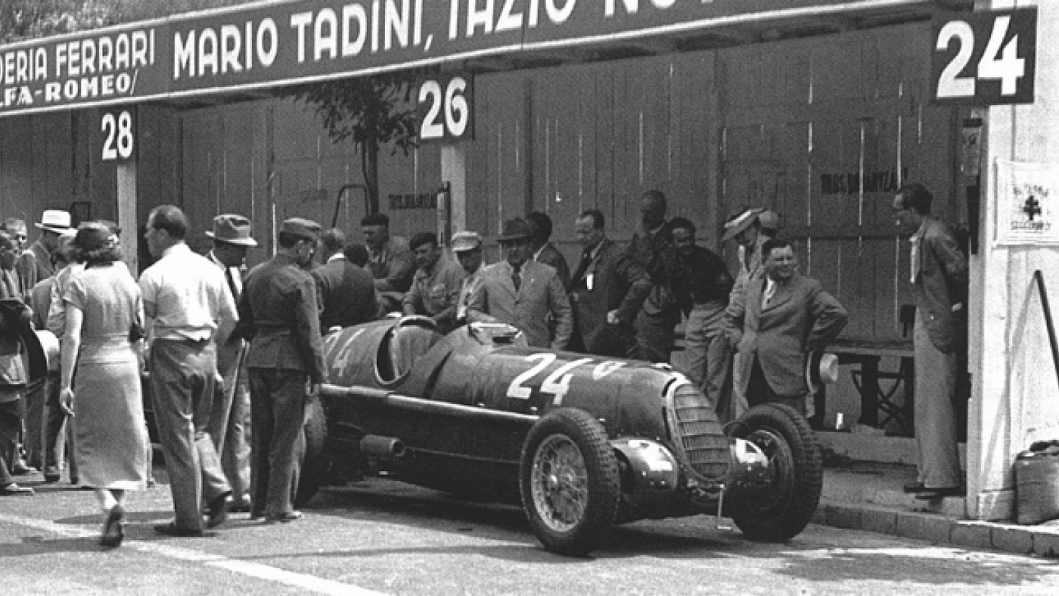
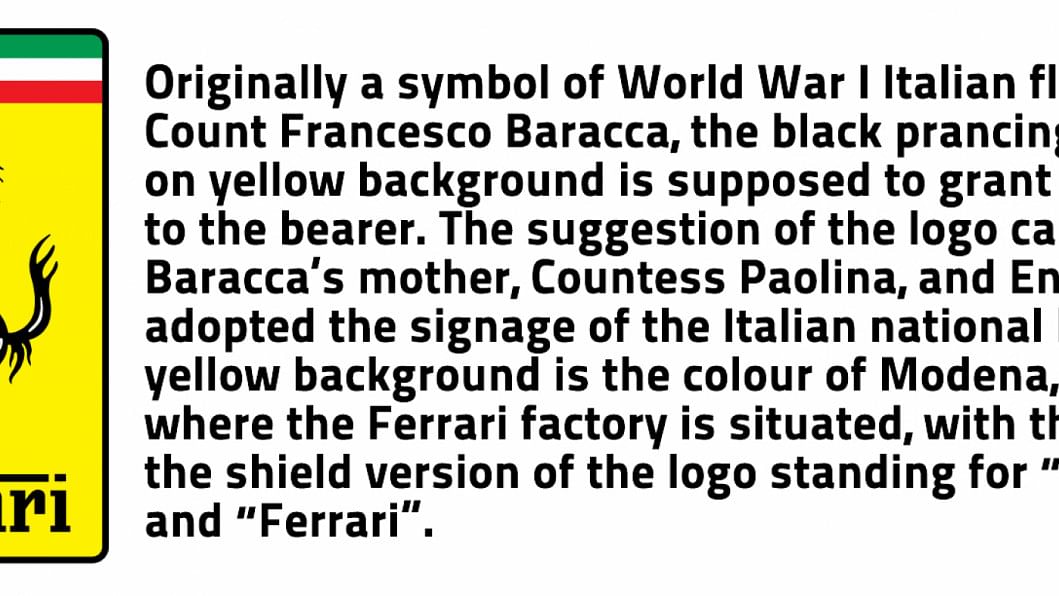
From race cars to fascist tools
Scuderia Ferrari initially worked on nurturing drivers and re-engineering Alfa Romeo cars to Enzo Ferrari's specifications. They had a good amount of success with technical and financial backing from Alfa Romeo they were on the right track, but global conflict and the rising tensions that eventually led to the outbreak of the Second World War put an end to motor racing. It was make or break time for Enzo – surviving meant becoming a tool of Benito Mussolini's fascist Axis war-time government, producing whatever was asked. Not one to be swayed by politics and absolutely determined to survive, that's exactly what he did. What the Scuderia Ferrari factory produced during the war, no one is absolutely clear about – some say Enzo produced bearings and springs for trucks on the front, others say he made vital components for machine guns and automatic rifles. Enzo never spoke of his war-time choices later on in life, and it is evident that this is a period Ferrari would rather have expunged entirely from its history.
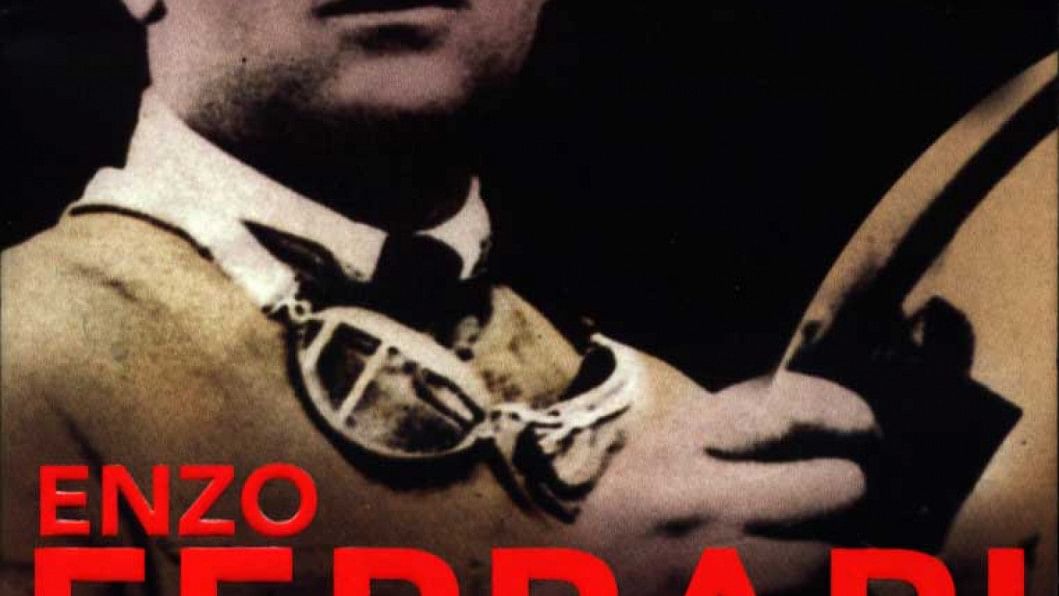
Personal troubles
Ever since joining the Alfa Romeo racing team as a driver, Enzo made a reputation for himself as a notorious ladies' man. In 1923 he fell in love and married Laura Dominica Garello, who gave birth to a son, Dino, in 1932. Dino was a source of great pride and pain to il Commendatore, as the child was born with Duchenne muscular dystrophy – a disease that would progressively get worse over Dino's short life. The boy grew up to be a promising automotive engineer – he was working on as small displacement but punchy V6 engine and a mid-engine, rear wheel drive configuration Ferrari right before his unfortunate death at the age of 24 in 1956. Enzo was heartbroken, and reportedly visited his son's grave every day before going to work. In order to commemorate his son's death, he named the mid-engine V6 sports car, "Dino".
His devotion towards family never wavered despite having to maintain two households – one with Laura and Dino in Modena, another with his mistress Lina Lardi and his other son, Piero, in Maranello. Piero Ferrari would come work with his father when he came of age, and eventually take over the empire that Enzo built.
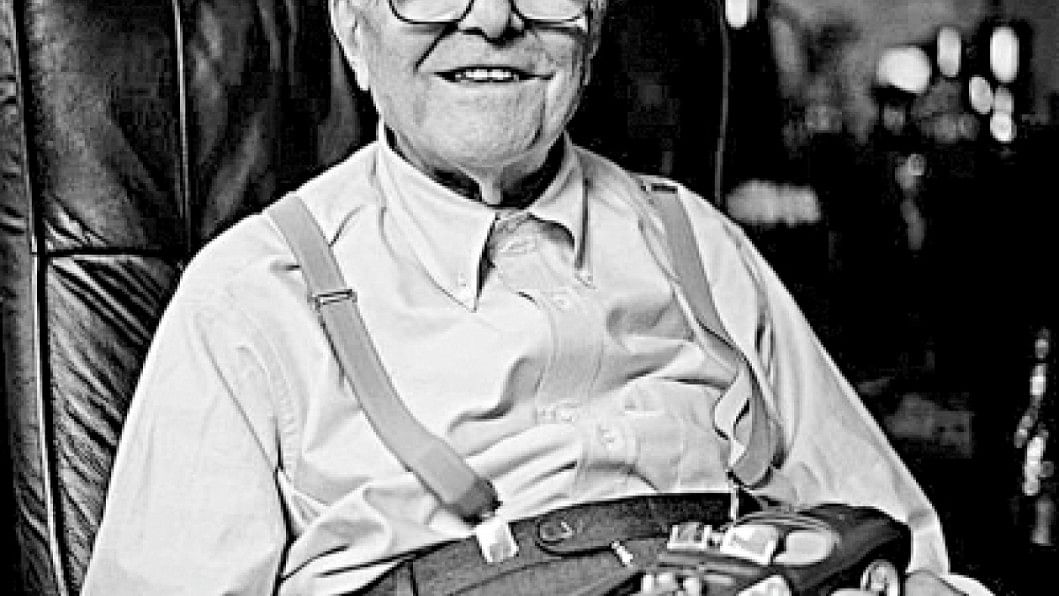
The dealer – Luigi Chinetti Sr.
Luigi Chinetti Sr. was a race driver when Enzo Ferrari met him while driving for Alfa Romeo. The two shared an instant connection and kept in touch till the Second World War separated the two. Enzo and his racing stable, Scuderia Ferrari, had to resort to serving as a machine tools factory for Benito Mussolini's fascist Axis government during the war, while Luigi moved to the United States to escape the fascists.
After the war, Luigi became an American citizen, opening a restaurant in Manhattan and working as a mechanic at a Rolls Royce dealership. In 1946, he returned to Europe and renewed acquaintances with Enzo, who was mulling the idea of opening a machine tools shop to fund his racing efforts with Scuderia Ferrari. Luigi, with a fresh American perspective, convinced Enzo to start building road-going sports cars instead. When Enzo asked him who would be selling these cars, Luigi responded: "Leave that up to me."
Luigi came up with the ingenious idea of winning races to sell cars for the road. He opened a dealership in Paris and won a 12-hour endurance race in France. He would go on to open the first Ferrari dealership in North America, on West 55th Street in Manhattan, billing the Ferrari brand as makers of premium sports cars for the distinguished gentleman. The rest, as they say, is history.
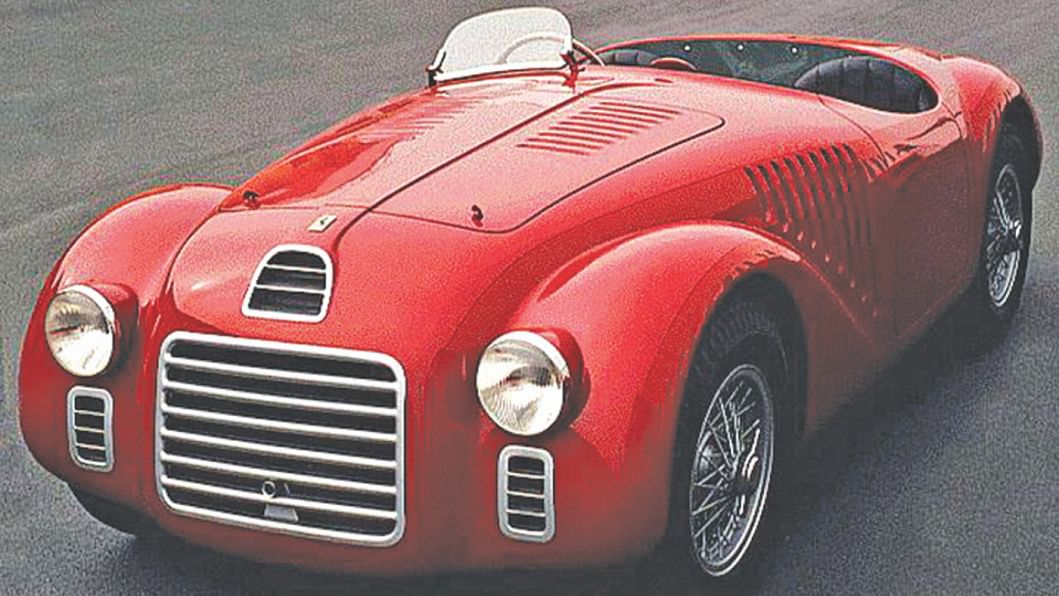
The first road car – 125S
Ferrari's first vehicle with the Prancing Horse badging was completed in 1947, and christened the 125S. Enzo Ferrari believed the engine was the most crucial component of the racing car, and the chassis was only for holding the engine and wheels in place. As a result, the 125S had a whopping big engine - a V12 with 1.5 litres of displacement and approximately 118 BHP. Two units were built but both later dismantled.
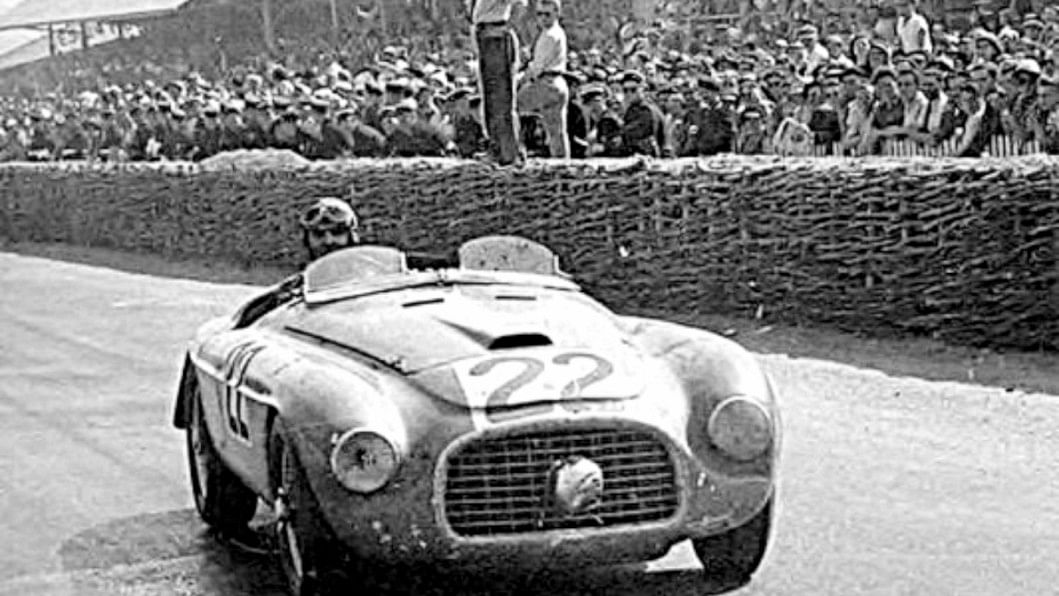
The first Le Mans win – 1949 166
The 24 Heures du Mans returned after WWII for the first time in 1949, and Luigi Chinetti was there with a Ferrari 166. Driving alongside Mitchell Thompson, Chinetti was forced to stay in the car throughout the night as Mitch was not feeling well. Despite heavy competition from the British Astons and the French Talbots, the Italian pair of Chinetti man and Ferrari machine managed to stay the lead and win Ferrari their first (and one of 9) Le Mans victories. Ferrari would dominate the race throughout the 60's, till Ford and the GT40 put an end to Ferrari's winning streak. They never won again in the top LMP class.
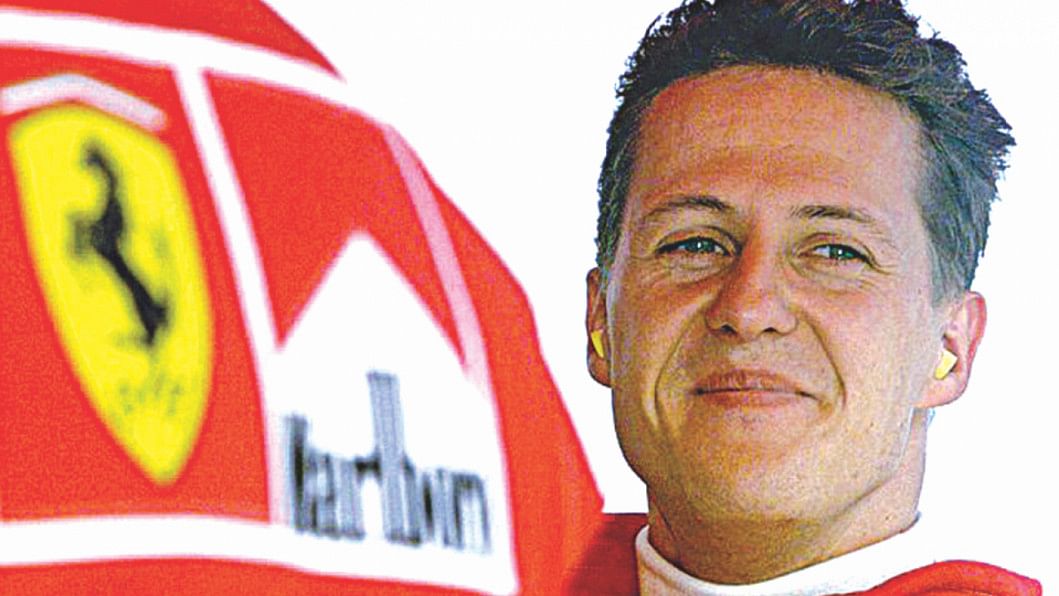
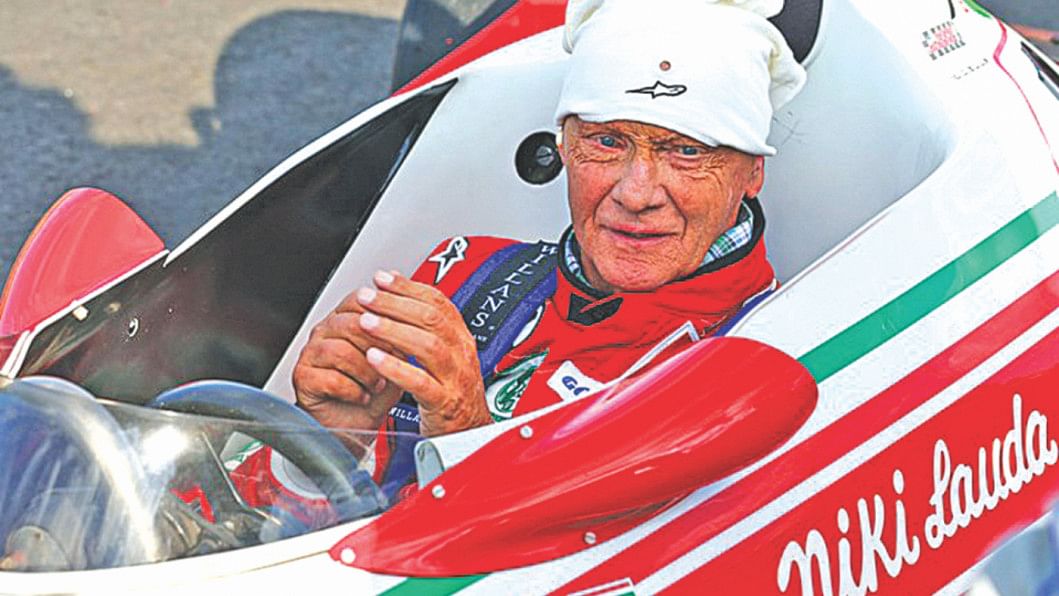
The Formula 1 drivers
Ferrari has entered every single Formula 1 Grand Prix race since its inception in 1950. They've had the largest number of wins in F1, and naturally, attracted the best drivers. Often compared to the Real Madrid football club, Ferrari is often the dream of young go-karting champions who climb through the ranks to reach Formula 1.
Perhaps none can match the record number of wins set by a certain German named Michael Schumacher, but looking at the past roster of drivers in the Scuderia Ferrari stable, it's difficult to pick just a couple to pick from. How do you pick between the nerves of steel that Phil Hill raced with and the immense flair that Alberto Ascari brought to every race? There's Juan Manuel Fangio, possibly one of the most prolific F1 drivers in the 50's and 60's, as well as Dan Gurney, Jean Behra and John Surtees - all great drivers with important wins for Ferrari. Jacky Ickx, Derek Bell, Mario Andretti, Clay Reggazoni, Gilles Villeneuve, Rene Arnoux, Gerhard Berger, Nigel Mansell, Alain Prost, Jean Alesi, Eddie Irvine, Rubens Barrichello, Felipe Massa, Giancarlo Fisichella, Fernando Alonso - the list reads like an attendance call of the gods of F1. And in 2017, Sebastian Vettel and Kimi Raikkonen take the helms at the best Formula 1 team in history in the SF70H.
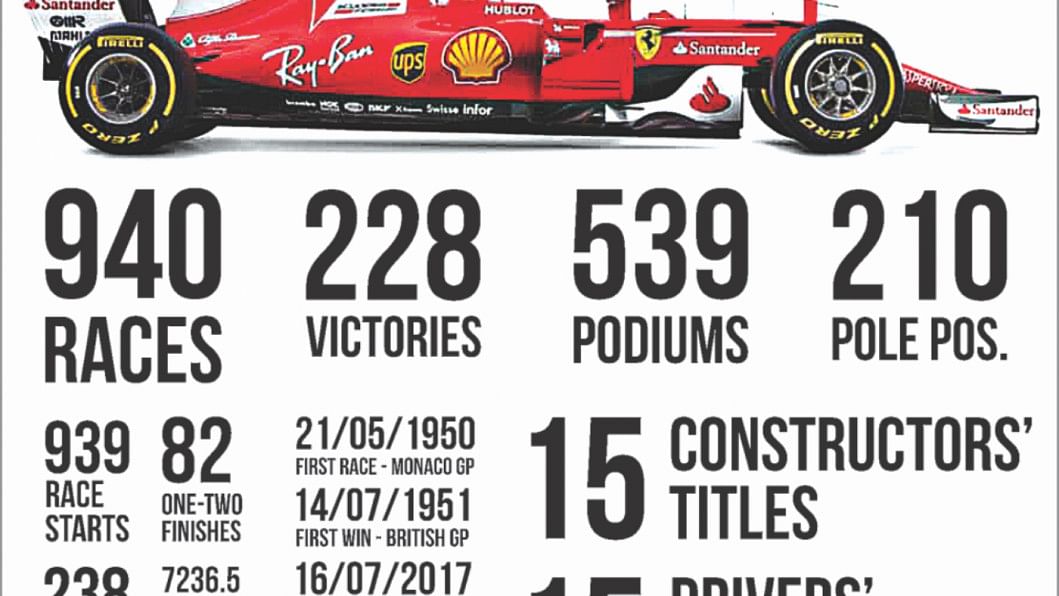
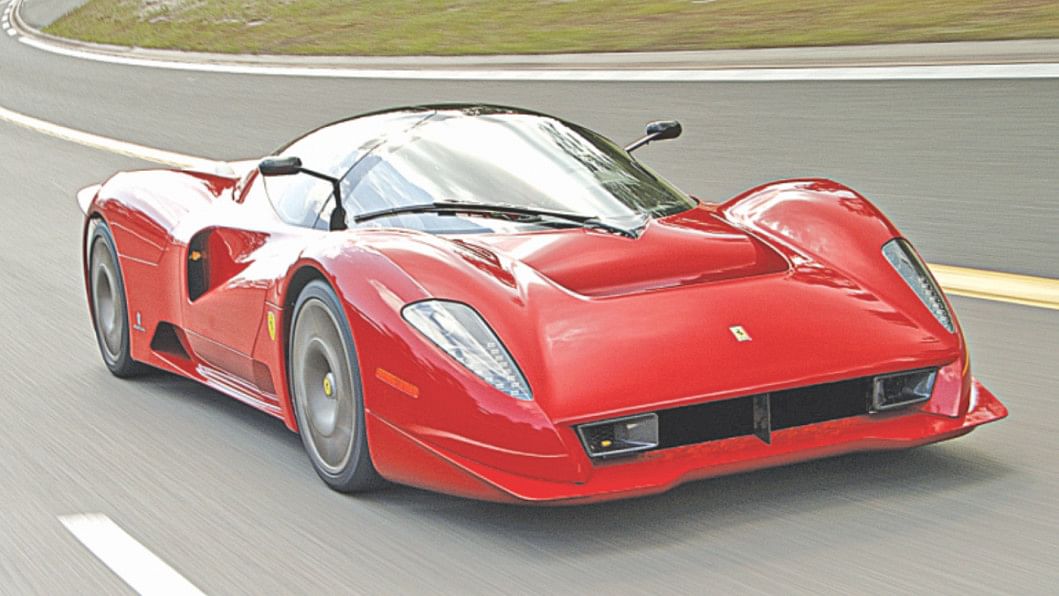
The coachbuilders – Pininfarina
Few names go together with Ferrari than Pininfarina. Ferraris in the past have been designed by other coachworks, but none have a greater tally than Pininfarina. They're also the people to go to for bespoke Ferraris, like the astounding P4/5.
The cars
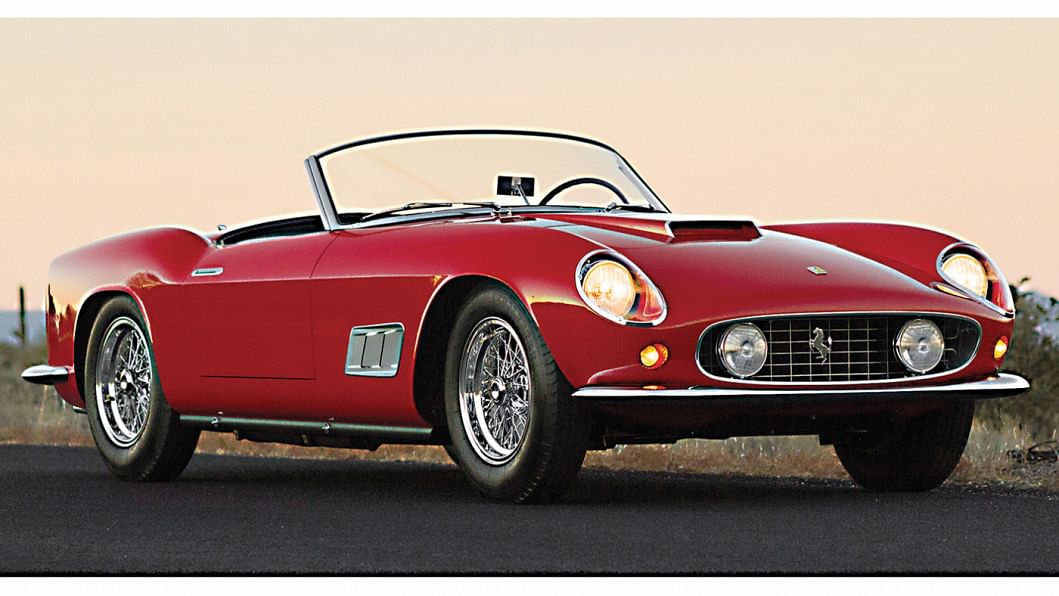
The 250 GT SWB California Spider came with a 3 litre V12 with about 276 HP. Launched in 1959 at Geneva, about 55 units were built, with a 1961 model recently sold for 5.5 million GBP to radio show and recently, ex-Top Gear host Chris Evans.
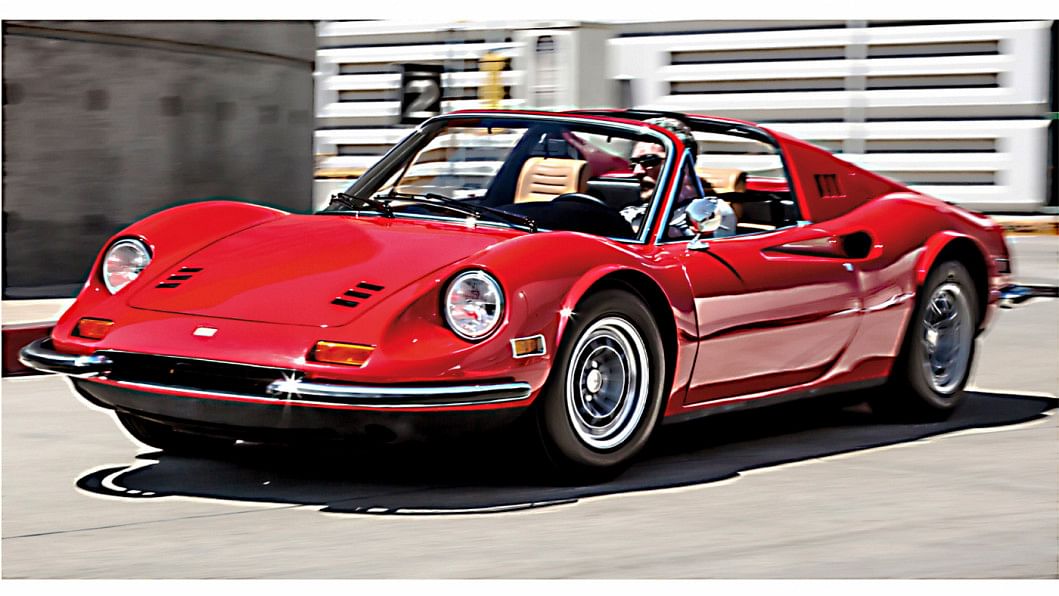
The Dino was a V6 powered, mid-engined sports car - one of Ferrari's first forays into the mid-engine sports car territory. The concept came from Enzo Ferrari's son, Dino, who tragically died at the age of 24 from a lifelong battle with muscle dystrophy. As a tribute to his son, Enzo named the car he was working on "Dino", and mid-engined Ferraris bore the "Dino" moniker for a while in the 70s and early 80s.
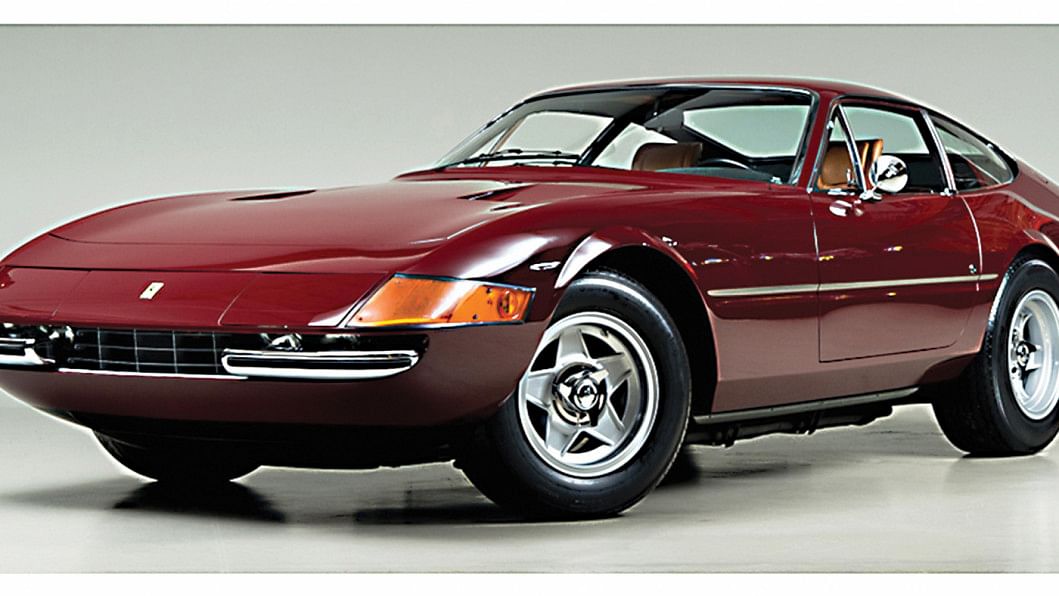
The Daytona GTB/4 was envisioned as a sleek touring car for the European gentlemen of the 70's, with a Pininfarina design consisting of a distinctively long hood, sharply raked roof and, crucially, pop-up headlights. Under the hood was a 4.4 litre V12 with 352 HP, helping the sublime GT car to a top speed of 280 km/h. It also did 0-100 km/h in just 5.4 seconds, which was hugely impressive for its time. The fact that it is often lauded as one of the most beautiful cars of all time is just as important as its performance.
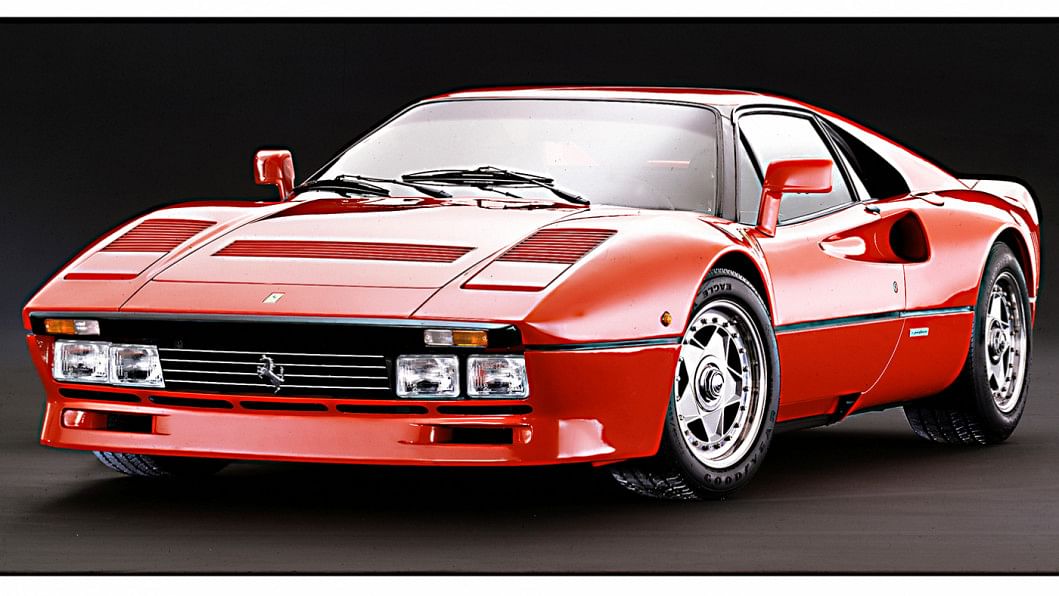
With Porsche and other European sports cars manufactuers experimenting with turbochargers in the wake of the 1973 global fuel crisis, Ferrari thought it'd have a go at this turbocharging witchcraft with the 288 GTO, launched in 1984. It was initially designed for competition in the FIA Group B race series, which required homologation of at least 200 units - after Ferrari built all the 272 units, the death of Henry Toivonen and his co-driver in 1986 spelled the death of Group B. Still, the GTO is one of the craziest Ferrari road cars ever made, with the 2.9 litre twin-turbo 400 HP/366 lb-ft V8 motor going in to another Ferrari halo car, often lauded as the greatest of them all...
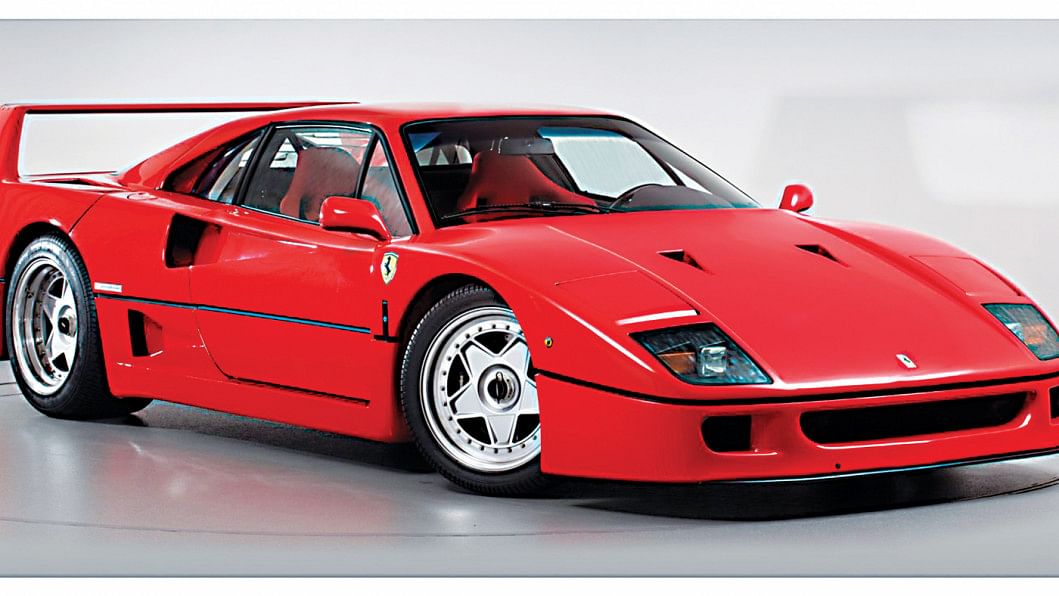
The Ferrari F40 is perhaps the most recognisable Ferrari road car of all time. Hailed as the king of Ferraris, the F40 was the last car that Enzo Ferrari himself signed off on, before his death in 1988 at the age of 90. The F40 might not hold as much value as the 250 GTOs of the 60s (Nigel Mansell's F40 sold for about 1 million GBP in 1990), but it has a special place in the hearts of all automotive enthusiasts, no matter how defiantly they refute Ferrari's racing and sports car making credentials. Powered by a re-worked version of the GTO's 2.9 litre twin-turbo V8, the F40 reportedly suffered from immense turbo lag that made it a handful during fast cornering, yet, according to road-testers, gave it tremendous character.
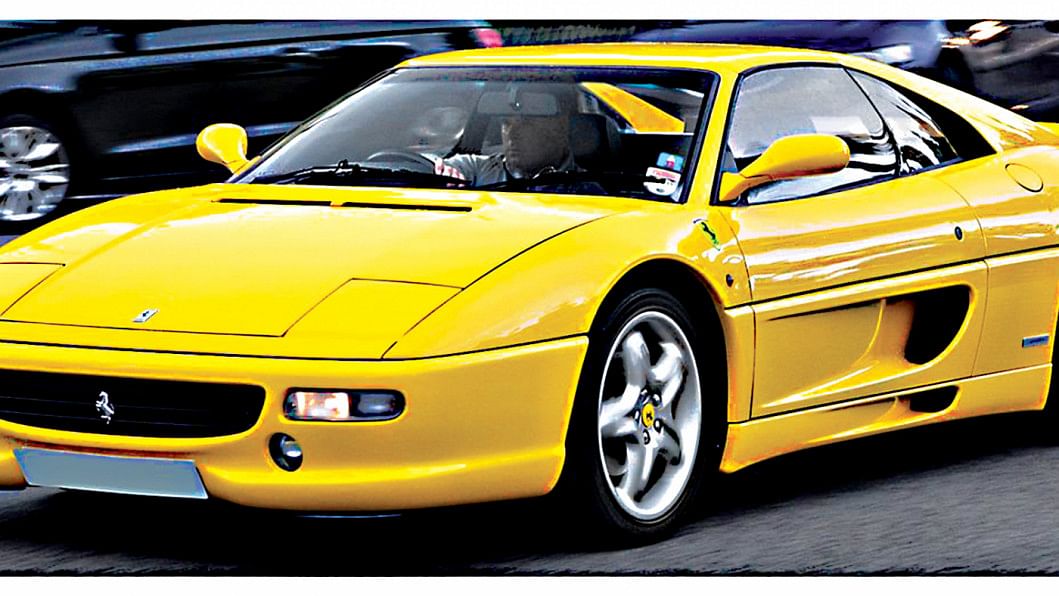
The F355 was possibly one of the prettiest Ferraris to see light of day, and undoubtedly the best looking Italian sports car from the 90s. That wasn't it's call to fame (or infamy) though, as the later versions of the 355, with the F1 moniker attached, got the "F1 style" paddle-shifter gearbox. Enthusiasts hated it, because it was clunky and messy on the track and on the road, yet it was quite significant as it heralded the new age of hyper-fast automatics and paddle shifter equipped supercars.
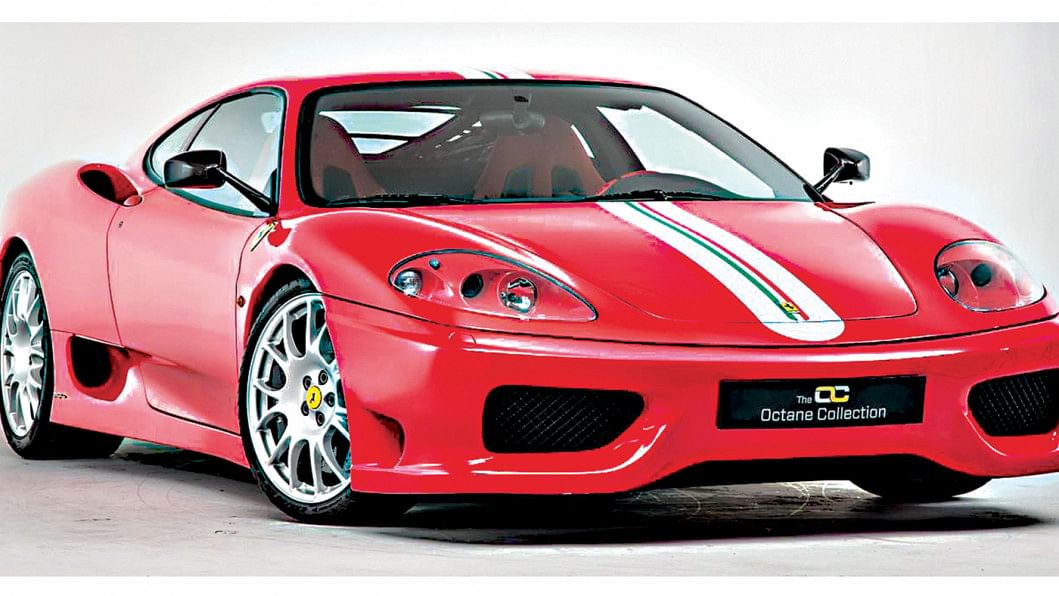
Jeremy Clarkson once described the 360 Challenge Stradale as the most vicious, most hardcore Ferrari he's ever driven. As a track focused special, the Challenge Stradale was so hardcore that buyers often reported that the car seemed to be intentionally trying to hurt them - possibly due to a lack of driving skill. The 360 CS marked the start of the modern era of track special Ferraris - hardcore cars for the hardcore enthusiast with nerves of steel. Unfortunately, none of the other specials that followed were as tough as the CS, except perhaps the successor to the 288 GTO...

The 599 GTO debuted in 2010, and Ferrari made sort of a blunder at the press briefings at its launch - they claimed the 599 GTO was the fastest Ferrari they'd ever made, and the car could apparently lap the Fiorano test track faster than the Enzo, their flagship hypercar since 2002. While it doesn't make sense to eschew your flagship car for a limited numbers GT car, the 599 GTO spoke for itself - 661 HP, 460 lb-ft torque, 3.3 second 0-100 km/h time, top speed of 208 MPH, 100 kg less than a standard 599. Only two other cars share the GTO moniker - the original 1962 and its variants, and the 1988 288. Speaks volumes about how special the 599 GTO is.
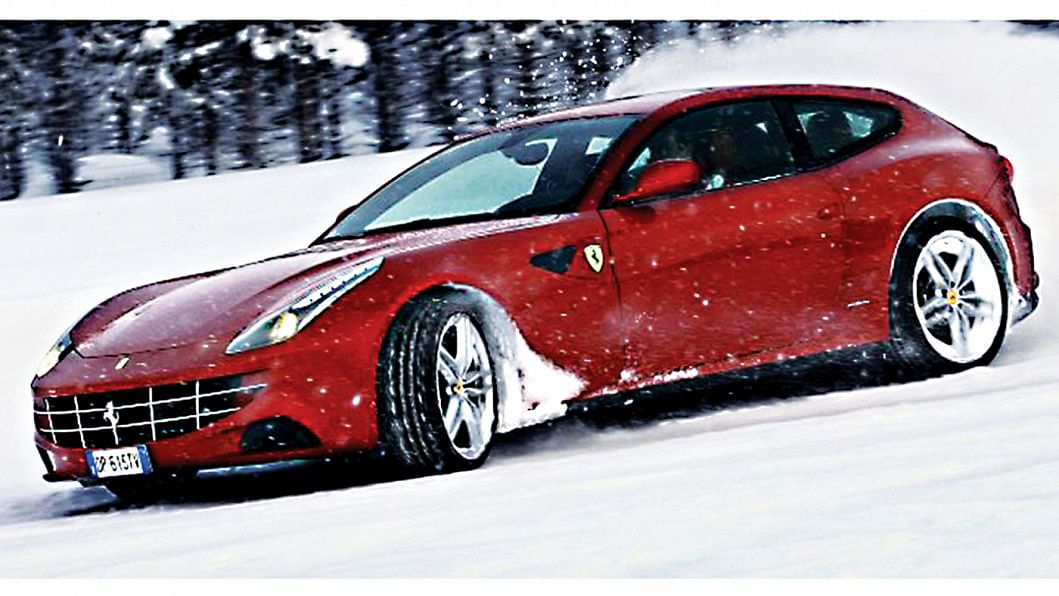
Ugly, disproportionate, break from the norm - the FF had everything going against it when it was launched to much fanfare in 2011. It was hugely significant, though, despite the ugly aesthetics - it was the first Ferrari to have four wheel drive. Up front, a huge 6.3 litre, 651 HP/504 lb-ft V12 powered the FF, taking the car to 100 km/h in 3.7 seconds and onto a top speed of 208 MPH. At the time of launch, it had the biggest engine fitted to any Ferrari. Probably the first time in history, a Ferrari came with a drive mode setting labelled "snow" - inspiring off-road hooliganism for most magazines and TV programs that road-tested the FF.
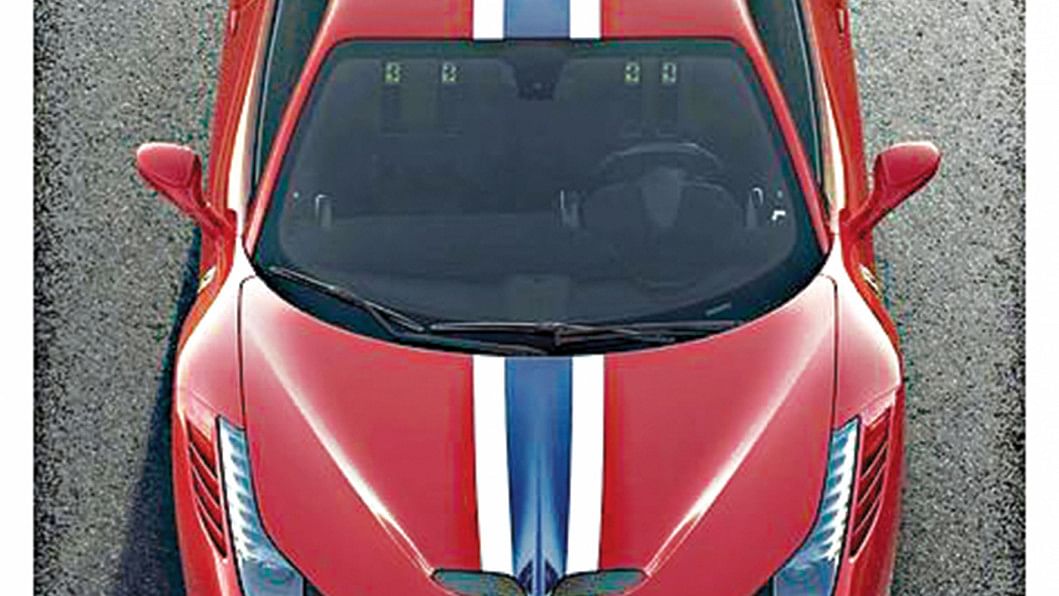
The 458 Speciale dropped in 2013, with more power, less weight and better aero compared to the basic Italia. It was nearly a return to the 360 Challenge Stradale's level of vicious, cutting edge performance - the Speciale was praised by testers for its incredible handling at the limit and the V8 howl emanating from its valved exhausts.
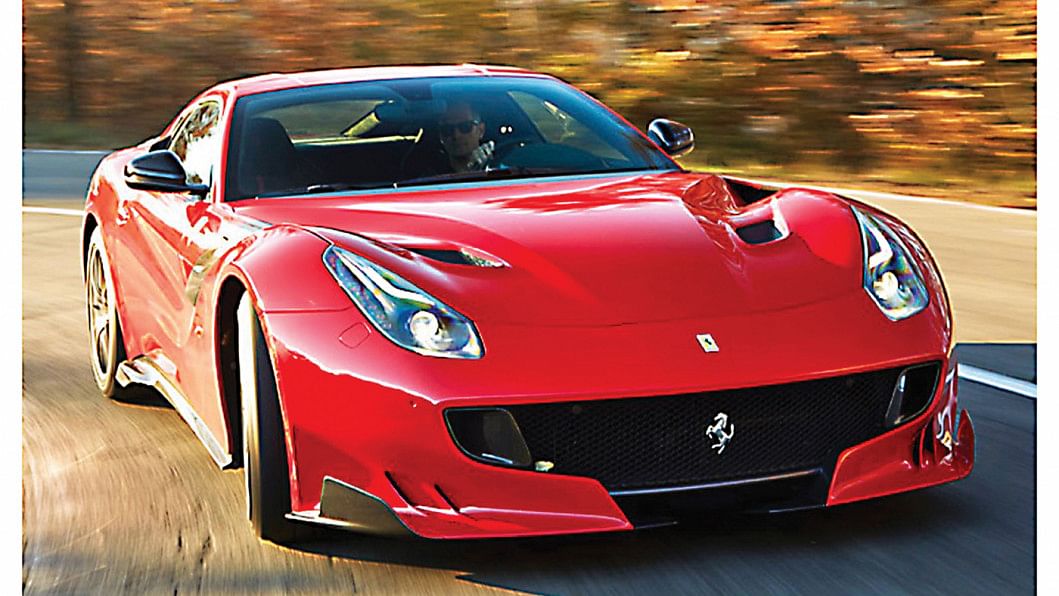
The F12 tdf, inspired by the original Tour de France 250 GT Berlinetta, is most likely the last naturally aspirated V12 powered Ferrari for a while, as turbochargers take over and make engines smaller, more efficient and powerful. While Ferrari is trying to keep the sound and the driving experience of its turbocharged engines the same as the older naturally aspirated motors, its still not as good as a well-honed Ferrari V12 at the limit. The V12 will be missed, but as far as swansongs go, the F12 tdf is as good as it gets.
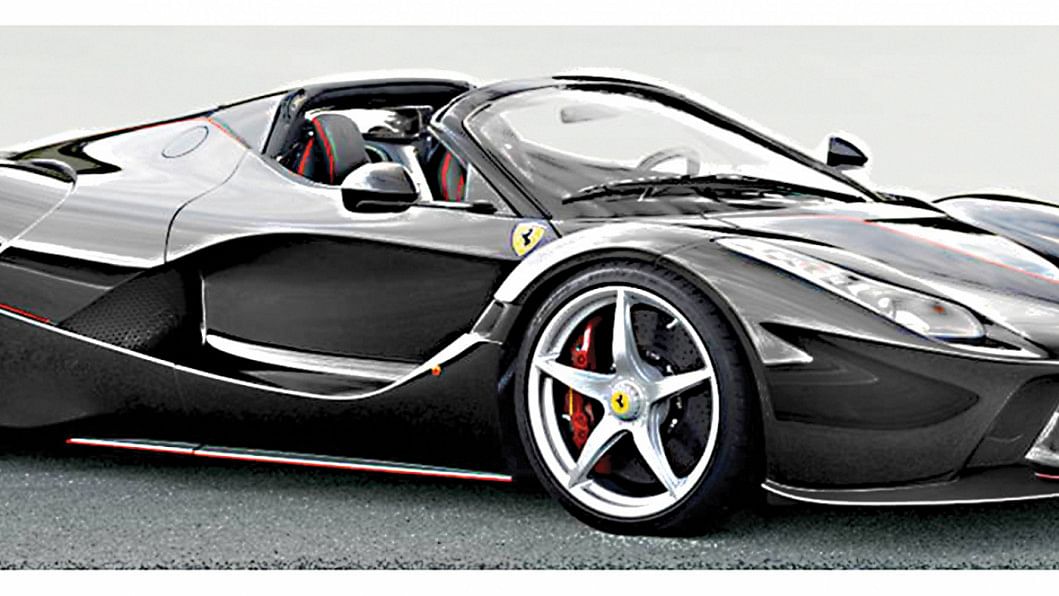
The LaFerrari Aperta is the latest hypercar from Maranello, and paves the way forward for the Prancing Horse - as a brand, as a race team and as a producer of the fastest, most desirable cars on the planet. The LaFerrari is definitely a thing of the future - leaving old traditions behind by incorporating a hybrid system for more power and better response, a Formula 1 derived KERS system for backup grunt and mind-bendingly fast automatic gearboxes. The LaFerrari is pretty, fast, sleek and absolutely filled to the brim with the best of Ferrari's technology, and what better way to celebrate 70 years of a brand than to launch an open-top version of the best car you've ever made?




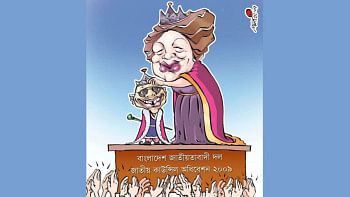
Comments